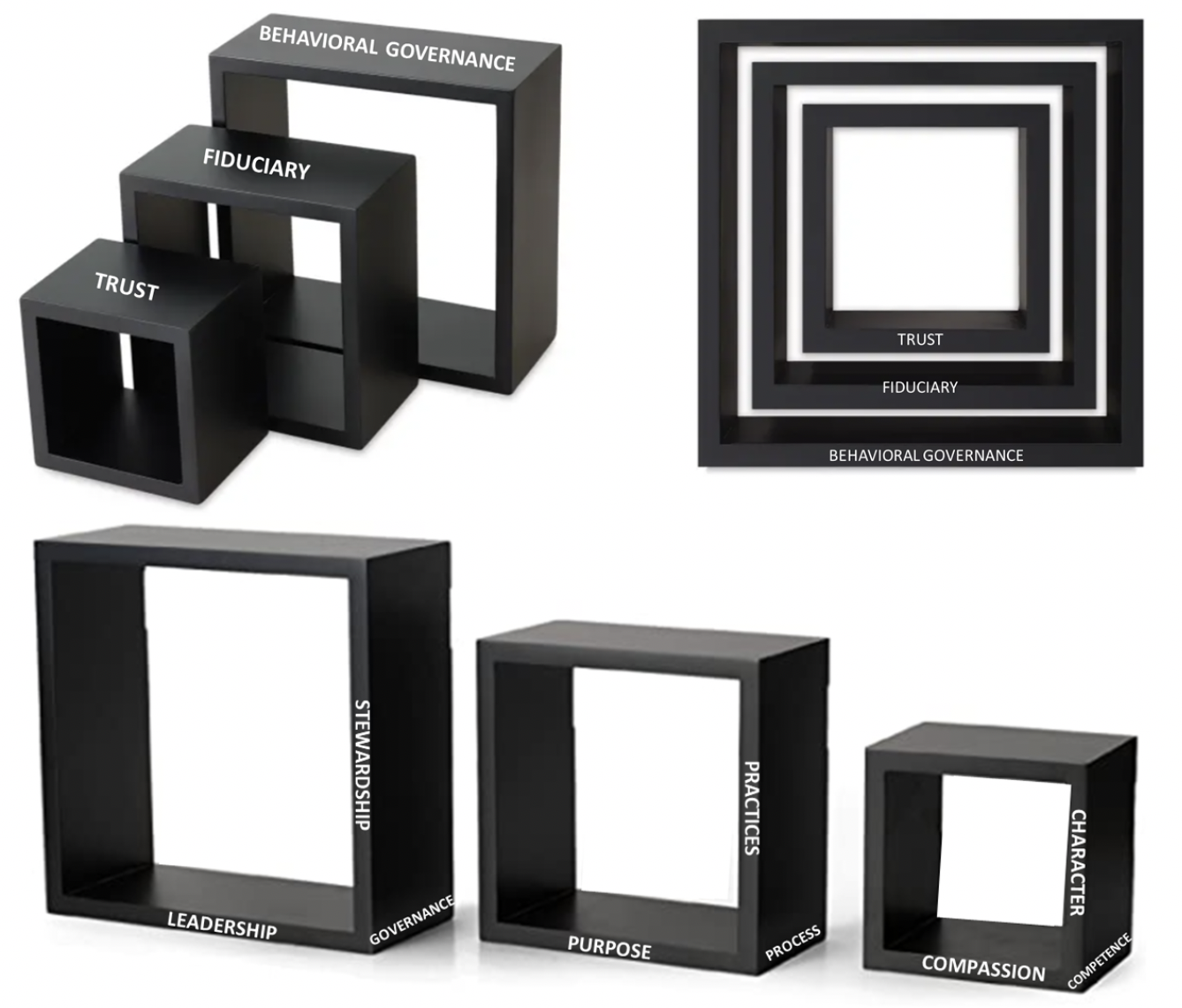Fighting the Fiduciary Flu
You may want to consider pitching your pitch book.
Another casualty of the current crises may be your fiduciary presentation. The ubiquitous 3/8th inch thick, GBC bound pitch book has about as much relevance as an 8-track tape player. Fiduciary presentations that might have worked four months ago, may not work for you today.
The other problem you have to overcome – now everyone’s a fiduciary and yet, they’re not. If for years you’ve been marketing yourself as a fiduciary, you’ve lost your point of differentiation. You can always claim you’ve been a fiduciary longer than your new competitor down the street, but your argument will likely come across as an ineffective, negative sell.
We’ve identified 7 ways to make your fiduciary presentations more engaging and effective:
1. Don’t be afraid to acknowledge human emotions.
People are looking for certainty, safety, security, and trust. In fact, a crisis can be defined as a condition that is manifested when there’s an erosion of trust because of a breakdown in leadership, stewardship, and governance.
To build trust there are three things you have to demonstrate: that you’re compassionate, character-full, and competent. Before the crisis, what might have mattered most to prospects was your competence. What matters now is your compassion and character.
2. Find applicability to current events.
As much as we’re overwhelmed by news coverage, you need to be prepared to talk about the crises, and show how your work relates. Failure to do so may cause prospects and clients to get the impression that you’re not compassionate or empathetic.
You’ll likely find that tying ‘fiduciary’ to current events is extremely difficult, which is why we suggest you use ‘leadership’ and ‘stewardship’ to describe your role. Indeed, during these crises no one is looking for a fiduciary – they’re looking for a leader.
3. Use simple, universal terms.
‘Fiduciary’ is an abstract term that we make even more complicated by layering on legalese and industry jargon. New fiduciary standards are going to compound problems by requiring clients to sign complex disclosures. Neuroscience informs us that complexity often is an inhibitor to the formation of trust.
Recently, we published a fully illustrated personal journal designed to help accelerate the development of the 8,000,000 lay-fiduciaries – the men and women who manage the assets of pension plans, foundations, endowments, and personal trusts. The journal has 100 mission critical constructs and graphics – never once did we use the word fiduciary. Instead, we used concepts associated with leadership and stewardship.
4. Model it in 3D.
Our brain prefers the concrete over the abstract. Because the notion of ‘fiduciary’ is abstract it’s more effective to present the concept in 3D.
Also, we’ve begun to use three designer cubes (which you can order on-line) to demonstrate how fiduciary interrelates with the constructs associated with behavioral governance and trust.
We label the axes as follows:
- Cube 1 - Behavioral Governance:
- X-axis, Leadership
- Y-axis, Stewardship
- Z-axis, Governance.
- Cube 2 - Fiduciary:
- X-axis, Sense of Purpose
- Y-axis, Best Practices
- Z-axis, Prudent Process
- Cube 3 - Trust:
- X-axis, Compassion
- Y-axis, Character
- Z-axis, Competence

5. Be sensitive to decision-making fatigue.
The crises have created the perfect storm for decision-making fatigue. Stress, complexity, WFH, virtual meetings, and being tasked with making too many decisions, are all factors that will diminish a person’s decision-making ability. Related, during turbulent times we’ll tend to focus on short-term rather than long-term goals and objectives.
Also, be prepared for more ‘No’s.’ A person dealing with decision-making fatigue often will default to ‘No’ when they feel overwhelmed. [‘No’ is perceived to be the safer response since it’s easier to revert a ‘No’ to a ‘Yes’ then vice versa.]
6. Identify your X factors.
Every worthwhile endeavor has one or more X factors. An X factor is a competency variable that can’t be fully explained; a critical success factor that separates the ordinary from the extraordinary. We see it in sports, cooking, parenting, music, academics…the concept is universal.
Don’t bother to look for references to X factors in new fiduciary standards. Regulators don’t believe it’s their responsibility to define a gold standard for the industry. In fact, new standards are designed to take ‘you’ out of the fiduciary equation. Rigorously scripted complex disclosures and rules have become the surrogate for your fiduciary X factors. This is one of the reasons why new fiduciary standards may feel negative and punitive.
7. Be light hearted.
Your mood is a contagion, and now more than ever we need people around us who can make us laugh. Humor also is one of the best cures for decision-making fatigue.
The 2020 crises are leaving indelible marks. Priorities are changing, mission and vision statements are being revisited if not rewritten, and every key decision-maker is now more keenly aware of their critical leadership and stewardship roles.
Chances are your pitch book is no longer relevant, and you’re going to need to discover new ways to communicate your unique margin of excellence.
Related: Using Neuroscience to Improve the Judgement of a Fiduciary

